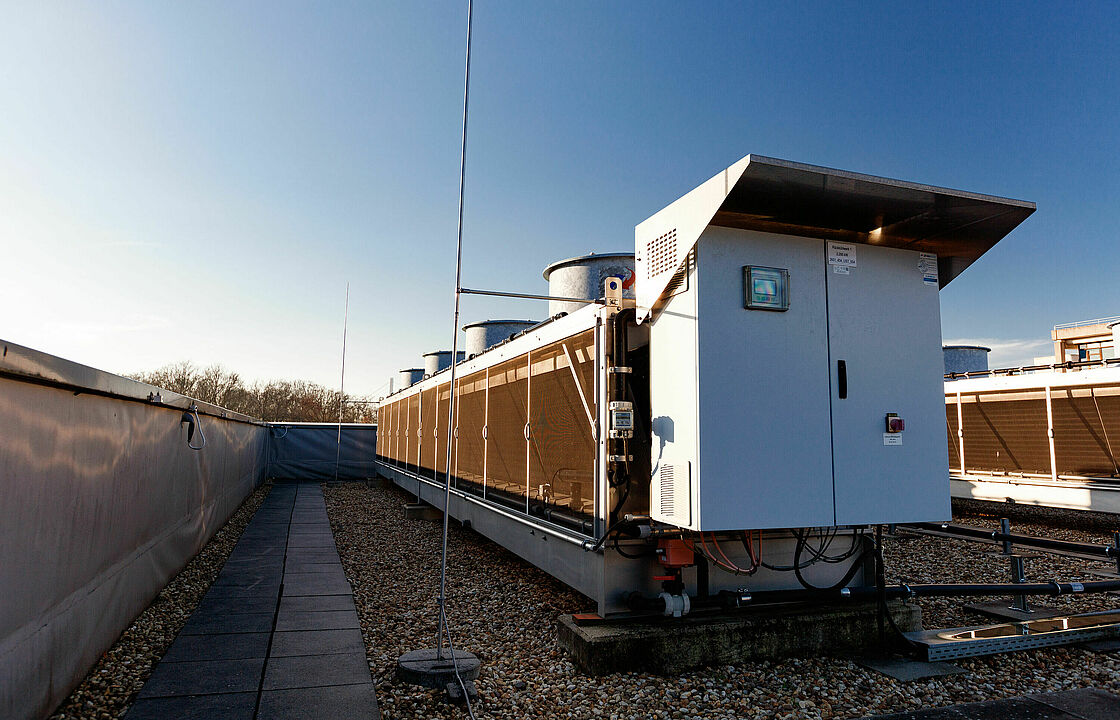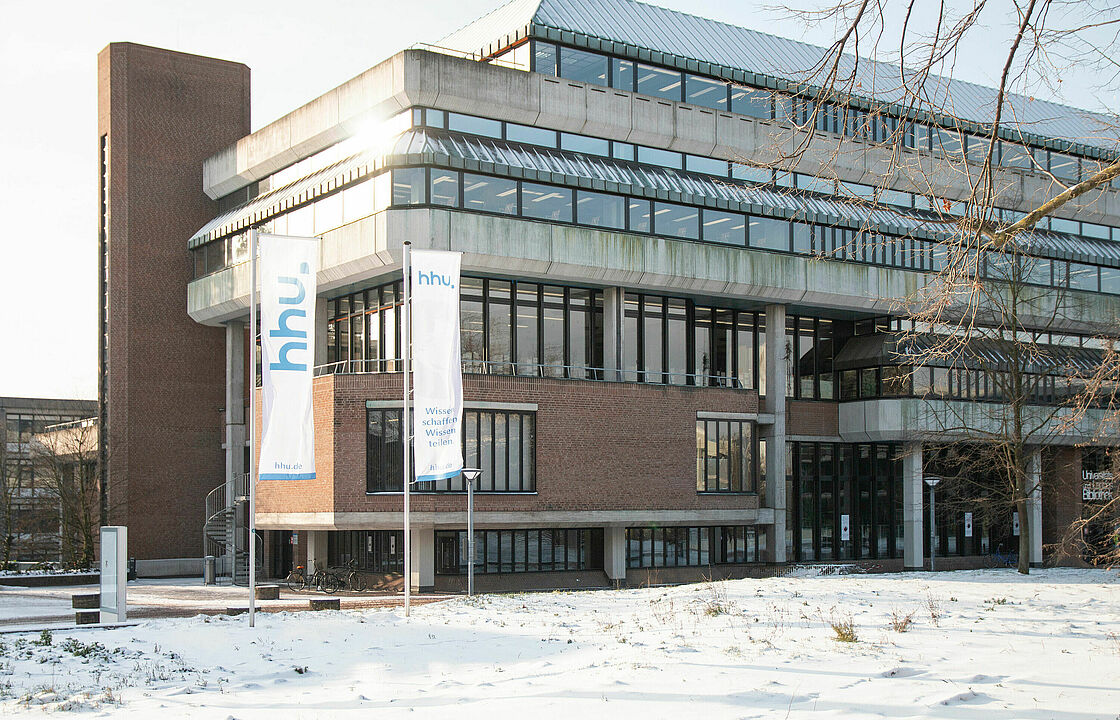Why close the library and make people put the heating on at home instead? This and other questions were asked when the operating and opening hours of the library and other buildings were changed. Firstly, we would like to point out that HHU didn’t just decide to take this step independently. The University is obligated to make a contribution during the energy shortage and achieve savings of 20%. To this end, various measures have been combined.
Laboratory buildings consume a lot of energy
It is usually necessary to exchange the air in laboratory rooms completely eight times an hour. This ensures that people can work safely with chemicals and other substances, and that experiments can be conducted without risks. However, it means that laboratory buildings need large-scale ventilation systems, which in turn need a significant amount of energy – on top of that already required for all the energy-intensive equipment and experimental set-ups.
“The ventilation systems in the old buildings from the 1970s don’t offer heat recovery, meaning that large amounts of fresh air must always be brought from the outside temperature to room temperature before use. In winter, this involves a significant amount of heating and in summer, additional cooling,” says Maximilian Oehler, who is responsible for sustainability at the Facility Management Division.
And it’s not only laboratories that have air conditioning systems – libraries, sports halls, sanitary facilities and lecture theatres do, too. That’s why the energy consumption of many buildings on campus is much higher than that of residential buildings and offices.
Less heating
The University and State Library accounts for almost a third of campus air conditioning needs. It requires as much heating as around 110 single-family homes, while its electricity consumption is equivalent to more than 630 single-family homes. Shortened opening hours in the evenings when far fewer people use the buildings mean that heating can be reduced and ventilation systems can be switched off.
“This enables a significant reduction in energy requirements and the resultant saving is much higher than any additional energy consumption that would result at home in the same period,” says Oehler.
Energy consumption outside operating hours is also being reduced in other buildings in the same way. HHU is implementing these and other measures – such as limiting the heating temperature to 19°C and switching off old hot water systems – to achieve the required 20% saving.
“And we need the support of everyone on campus to achieve this,” says Maximilian Oehler. As room temperatures are not controlled centrally, all students and employees must turn the thermostats on heating devices to a maximum of one line before level 3. “We also appeal to everyone to keep their eyes open for further opportunities to save energy as they go through the working day, e.g. by switching off unneeded lights. Thank you for your assistance.”



